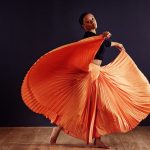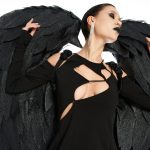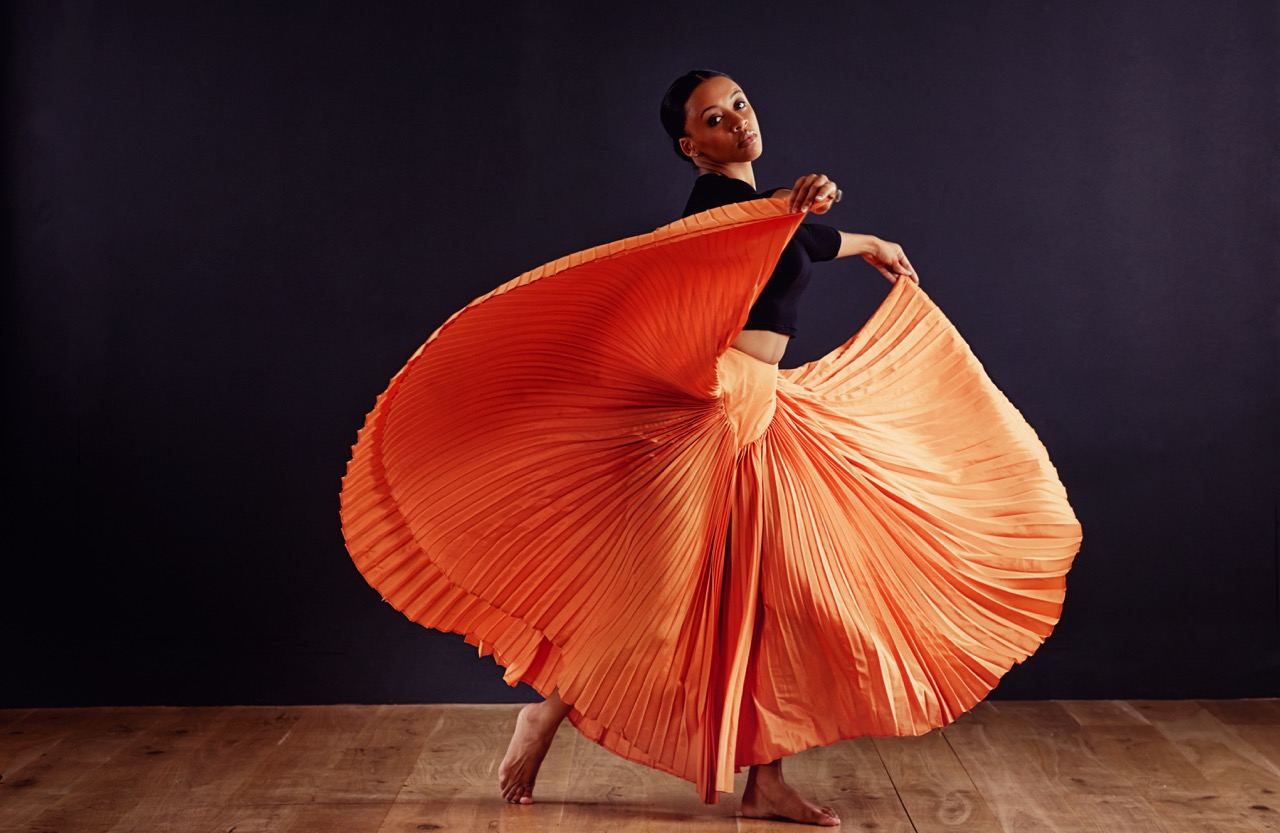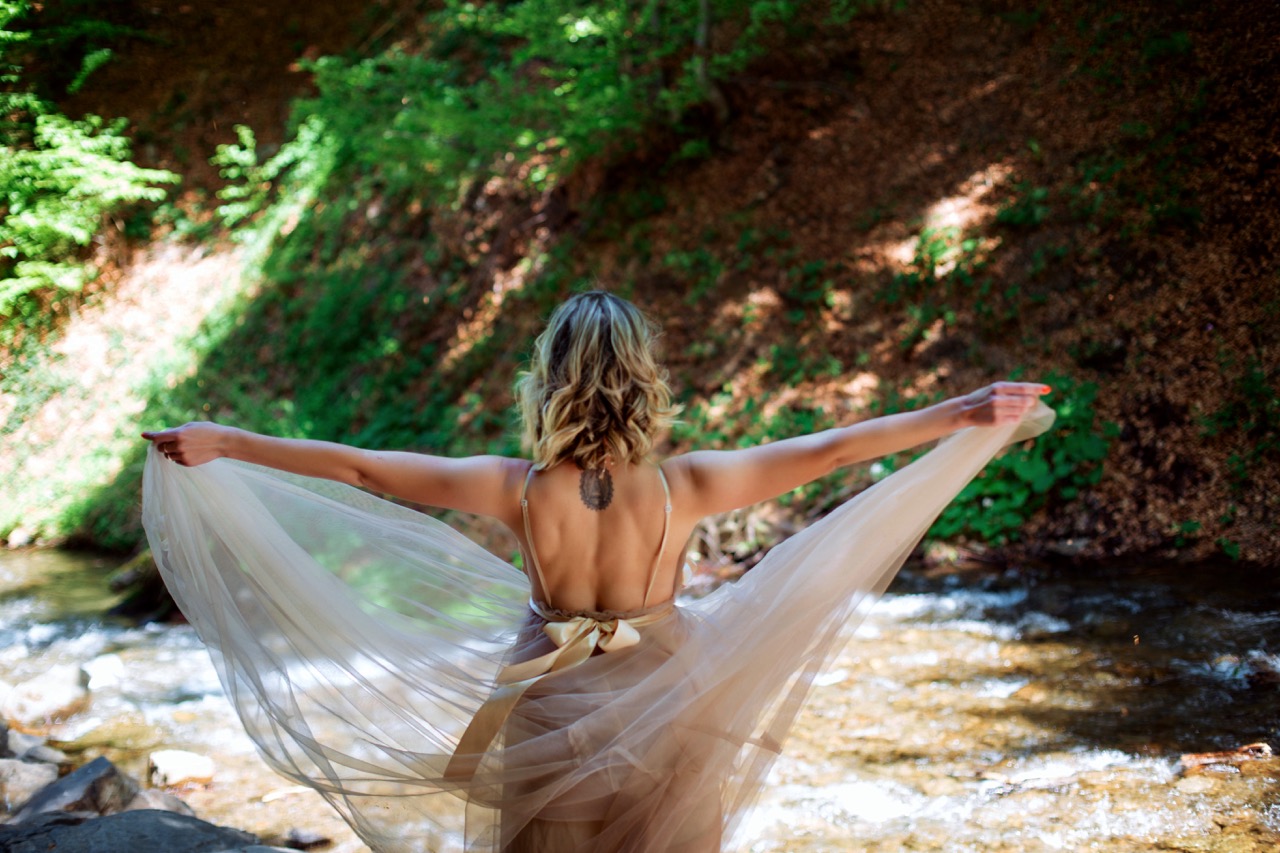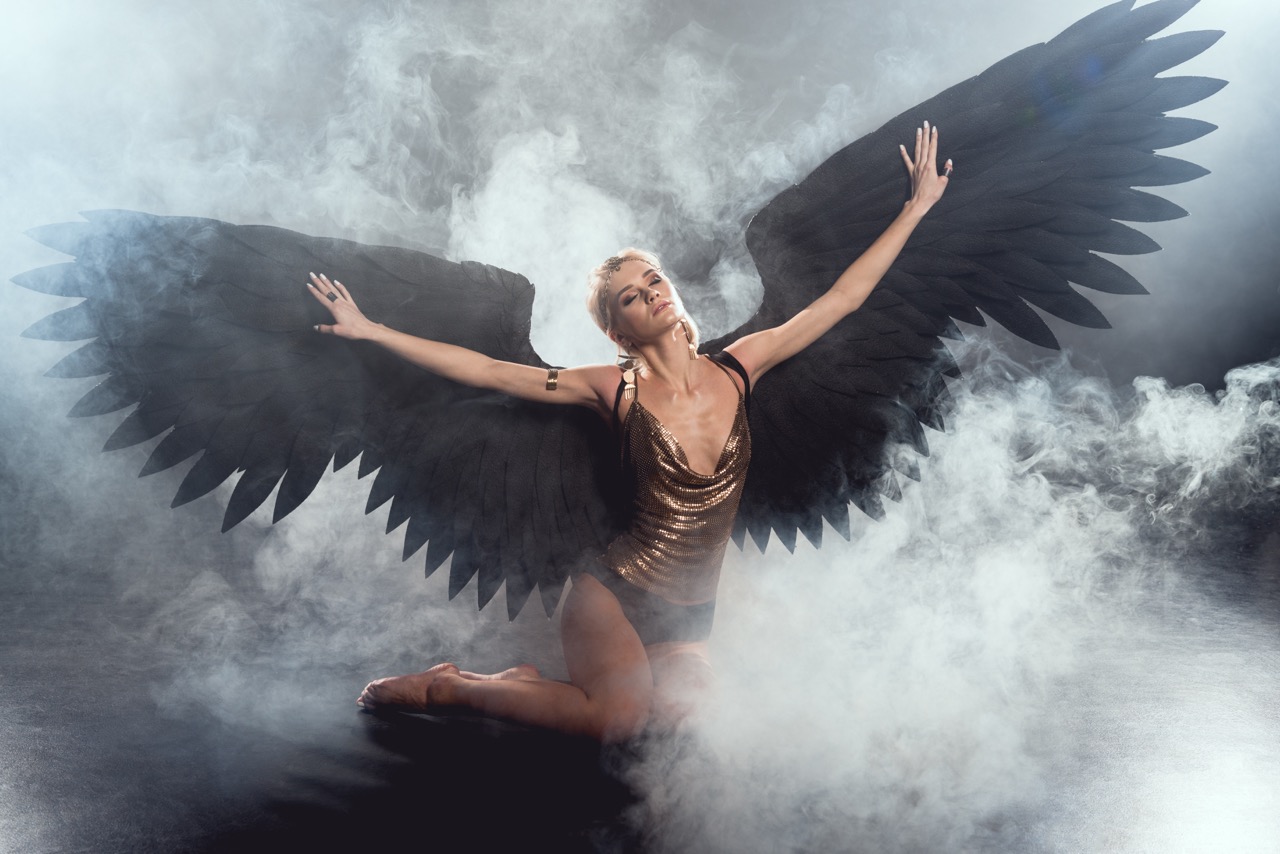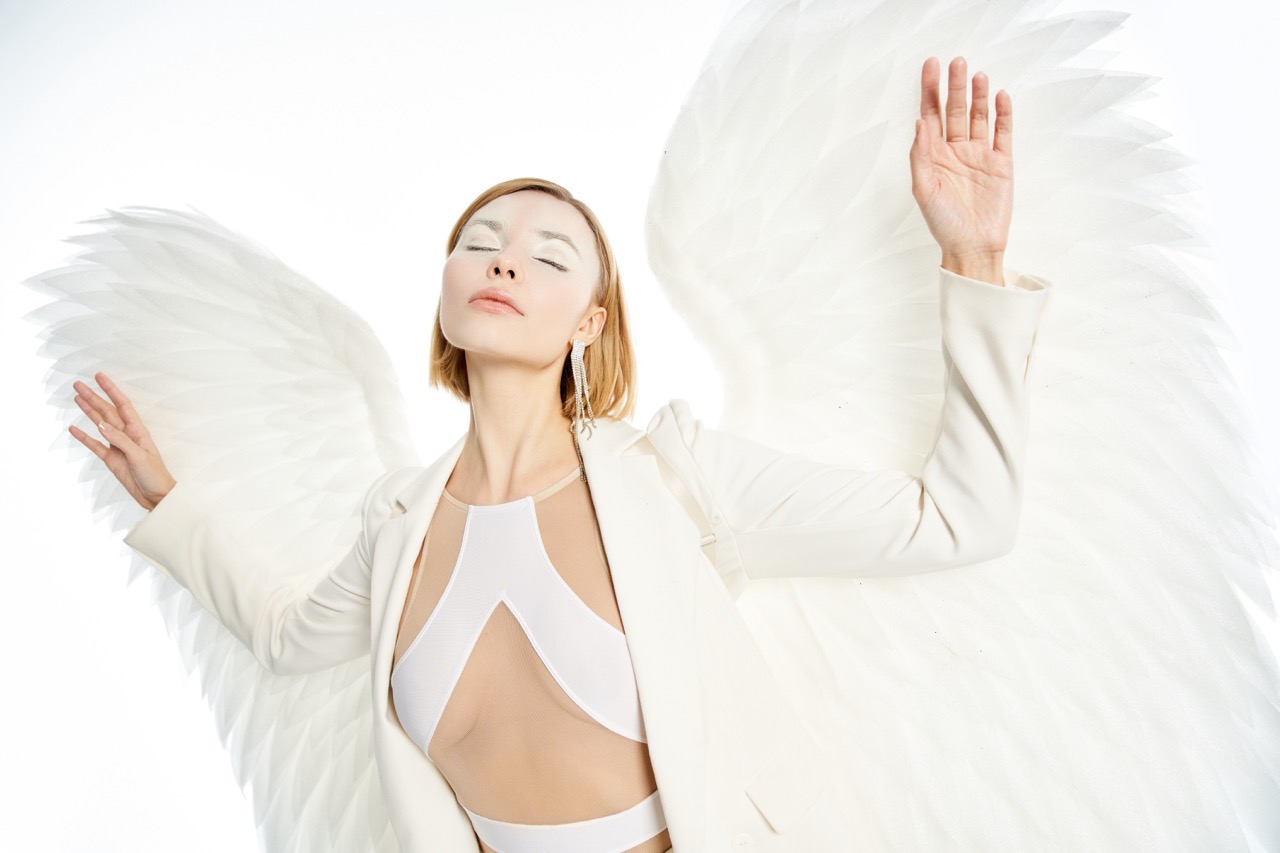In the realm of dance, the interplay of movement and visual aesthetics takes center stage, captivating audiences and evoking emotional responses. Wings, whether they manifest through costumes, props, or embodied movements, serve as a powerful tool that enhances the visual impact of choreography. This article delves into the multifaceted role of wings in dance, exploring their significance as a visual language, their symbolic meanings, their transformative potential in narratives, and their effect on audience perception.
The Art of Motion: Wings as Dance’s Visual Language
Wings in dance are not merely decorative; they are integral to the narrative and expression of movement. The fluidity of a dancer’s motions is amplified by the addition of wings, creating a dynamic visual language that communicates feelings and themes without words. As dancers move, the wings catch the light, reflecting colors and shadows that enhance the overall aesthetic. This interplay between the dancer and the wings adds layers of meaning, inviting the audience into a world where motion speaks volumes.
The physicality of wings also enhances the choreography by adding dimensions to the dancer’s silhouette. In various styles, from contemporary to ballet, the addition of wings can transform a simple movement into an ethereal experience. As dancers extend their arms, the wings unfurl, encapsulating the essence of freedom and transcendence. This visual language captivates viewers, engaging them on a deeper level as they interpret the subtleties of the performance through the lens of the wings’ movement.
Moreover, the design and execution of the wings can communicate different moods or themes. Ethereal, gossamer wings evoke a sense of fragility and grace, while larger, more imposing wings might symbolize power and strength. This versatility allows choreographers to tailor their artistic vision precisely, choosing wings that resonate with the story being told. In this way, wings become not just an accessory but a vital element in the choreographic narrative, offering a rich texture to the dance.
Elevating Expression: The Symbolism of Winged Movements
Wings have long been associated with various symbolic meanings across cultures, often representing freedom, aspiration, and transcendence. In dance, the incorporation of winged movements allows performers to tap into these deep-rooted associations, enriching the emotional landscape of their performances. Each flutter, each arc of the wings, becomes a metaphor—expressing the yearning for liberation or the struggle for identity.
In many traditions, wings are seen as conduits between the earthly and the divine, embodying the desire to rise above the mundane. Dancers who embrace winged movements can evoke these spiritual connections, drawing the audience into a shared experience of elevation and transcendence. The symbolism inherent in winged gestures can also suggest dualities such as strength versus vulnerability, inviting viewers to reflect on their interpretations of the performance.
Additionally, wings can serve as a storytelling device within the choreography. They help to construct narratives that resonate with universal themes of transformation and rebirth. A dancer’s metamorphosis, mirrored in winged movements, can signify personal growth and the journey towards self-discovery. By weaving these symbolic elements into the fabric of the choreography, wings elevate the emotional resonance, transforming a dance piece into a profound exploration of the human experience.
Choreographic Flourish: Wings Transforming Dance Narratives
The integration of wings into choreography provides a unique opportunity for innovation and creativity. Choreographers often utilize wings to create visually stunning tableaux that enhance the storytelling aspect of dance. The act of incorporating wings allows for the exploration of new movement vocabulary, as dancers learn to navigate their physical space in tandem with the wings’ mechanics. This synthesis of dance and prop encourages a reimagining of traditional forms, pushing the boundaries of what dance can express.
In collaborative choreographic efforts, wings can be a focal point that inspires a myriad of movements and formations. Dancers may engage in intricate patterns, synchronizing their movements with the unfurling of wings, creating visual harmonies that elevate the overall composition. The result is a dance narrative that flows seamlessly, with wings acting as both a narrative thread and a visual anchor, guiding the audience through the performance.
Moreover, wings can also facilitate interactions among dancers, fostering a sense of connection and unity. When dancers share the space with wings, it transforms the dynamics of their relationships on stage. The choreography becomes a conversation, where movements echo off one another, enhancing the ensemble’s cohesiveness. In this context, wings become a shared language that transcends individual performances, turning a solitary act of expression into a communal experience.
Spectacle in Motion: The Impact of Wings on Audience Perception
The visual spectacle of wings in dance is undeniable, leaving a lasting impression on audiences. As wings flutter and soar, they captivate viewers, drawing their eyes and imaginations into the performance. This visual impact is not just about aesthetics; it shapes the audience’s emotional journey. Wings can evoke feelings of wonder, joy, and melancholy, transforming the viewing experience into an immersive one.
The dramatic effect of wings often amplifies the narrative stakes of a performance. Audiences are more likely to engage with a story when it is visually supported by striking elements. The use of wings can create contrasts—between stillness and movement, human fragility and divine strength—which resonate deeply with viewers. This dynamic interplay keeps audiences on the edge of their seats, attentively following the unfolding drama, as wings weave a rich tapestry of visual storytelling.
Additionally, the spectacle of wings can inspire awe and admiration, fostering a sense of connection between the performers and the audience. As dancers embody the spirit of flight, they encourage viewers to reflect on their own aspirations and desires for freedom. Wings become a symbol of shared human experience, bridging the gap between performer and observer, and ensuring that the impact of the dance lingers long after the final bow.
Wings in dance are much more than mere adornments; they are powerful elements that shape narratives, evoke emotions, and create a lasting visual impact. Through their expressive movements, wings elevate the art of dance, becoming a vital part of the performance that resonates with audiences on multiple levels. As choreographers continue to explore the potential of wings, the evolving language of dance will undoubtedly flourish, inviting us all to soar to new heights of creativity and expression.



